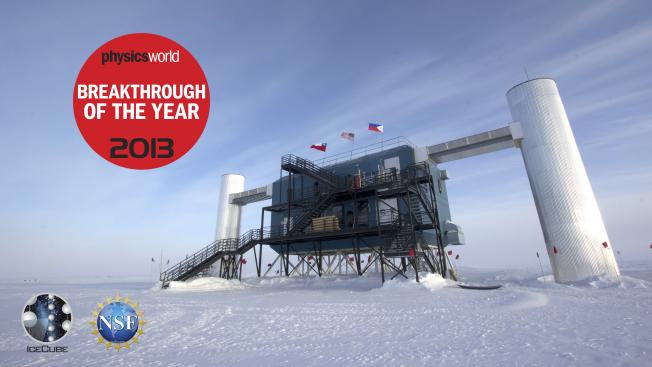2nd-order Fermi acceleration as the origin of the Fermi bubbles
ArXiv 1108.1754 (2011)
Abstract:
Gamma-ray data from Fermi-LAT show a bi-lobular structure extending up to 50 degrees above and below the Galactic centre, coincident with a possibly related structure in the ROSAT X-ray map which presumably originated in some energy release close to the centre a few million years ago. It has been argued that the gamma-rays arise due to inverse Compton scattering of relativistic electrons accelerated at plasma shocks present in the bubbles. We explore the alternative possibility that the relativistic electrons undergo stochastic 2nd-order Fermi acceleration in the entire volume of the bubbles by plasma wave turbulence. This turbulence is generated behind the outer shock and propagates into the bubble volume, leading to a non-trivial spatial variation of the electron spectral index. Rather than a constant volume emissivity as predicted in other models we find an almost constant surface brightness in gamma-rays and also reproduce the observed sharp edges of the bubbles. We comment on possible cross-checks in other channels.2nd-order Fermi acceleration as the origin of the Fermi bubbles
(2011)
Quantifying uncertainties in the high energy neutrino cross-section
(2011)
Quantifying uncertainties in the high energy neutrino cross-section
ArXiv 1108.1755 (2011)
Abstract:
We compare predictions for high energy neutrino and anti-neutrino deep inelastic scattering cross-sections within the conventional DGLAP formalism of next-to-leading order QCD, using the latest parton distribution functions such as CT10, HERAPDF1.5 and MSTW08 and taking account of PDF uncertainties. From this we derive a benchmark cross-section and uncertainty which is consistent with the results obtained earlier using the ZEUS-S PDFs. We advocate the use of this for analysing data from neutrino telescopes, in order to facilitate comparison between their results.The 'PAMELA anomaly' indicates a nearby cosmic ray accelerator
ArXiv 1108.1753 (2011)



